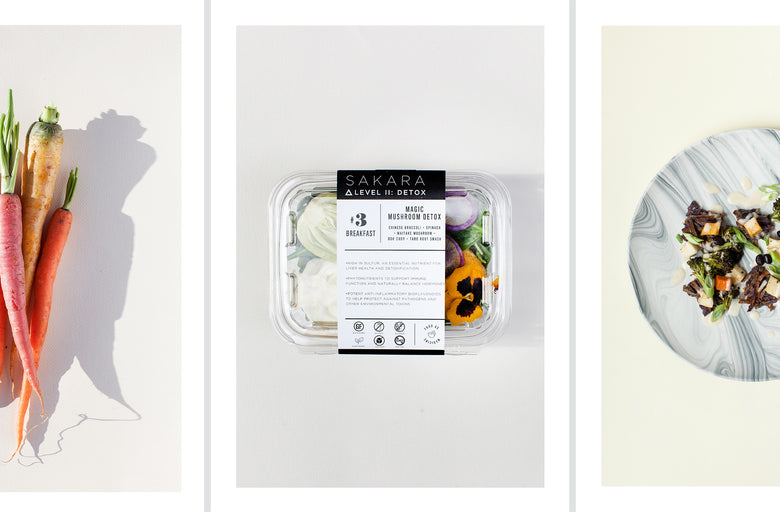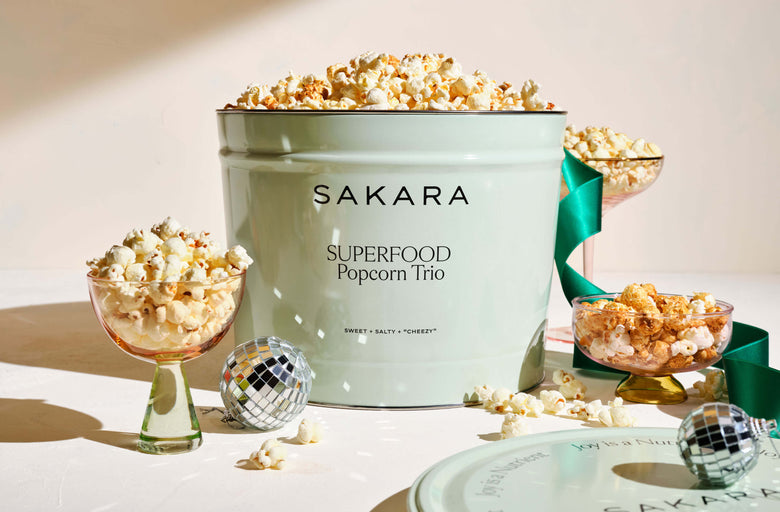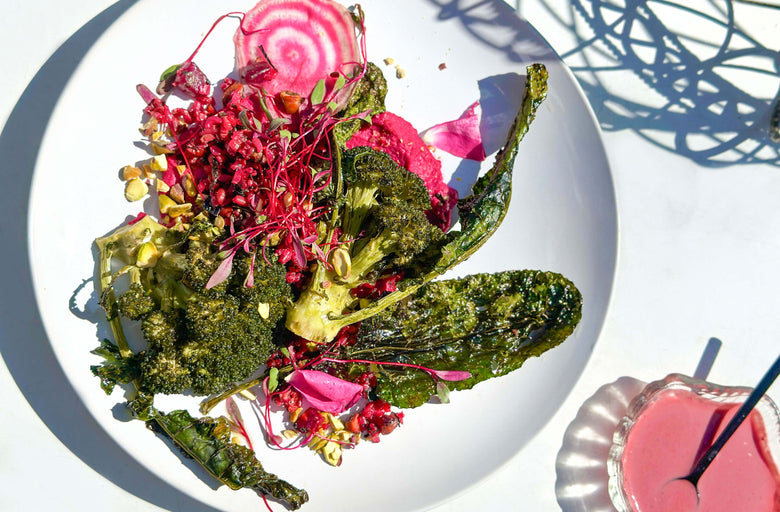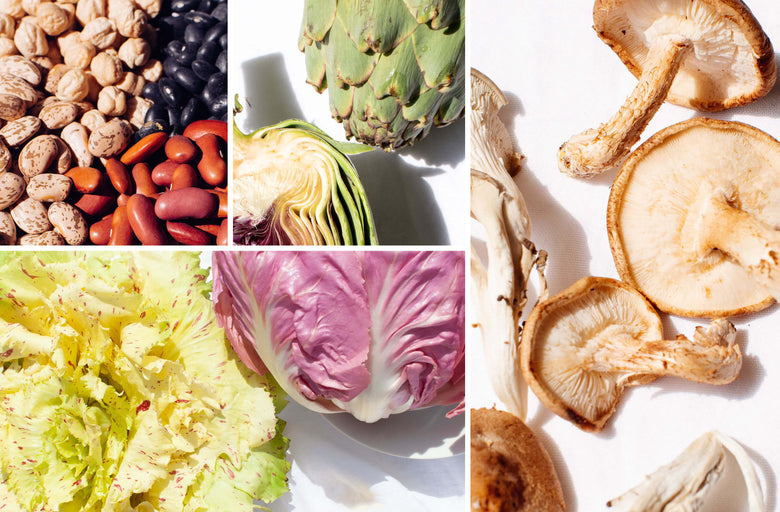When it comes to nutrition, there are a lot of pervasive beliefs and practices to dismantle—whether it be the calorie myth or making a habit of restrictive juice cleanses. A good place to start is understanding how these trends take off so you can make informed decisions for your health. When it comes to fat, the misinformation began to spread in the 1970s, in what NPR dubbed the “Fat-Free Food Boom.”
Since research uncovered a connection between heart disease and fat, carbs were deemed “good,” fat was villainized, and fat-free replicas of everything from yogurt to muffins emerged. By the Nineties, the fear was full-fledged and the shelves were stacked high with an assortment of highly-processed, sugar-laden “foods.” Many adopted Diet Coke as a snack and skipped anything with the F word.
THE GOOD, THE BAD, AND THE SHADES IN BETWEEN
In a world where avocado toast reigns supreme and coconut oil is an all-over wellness panacea, what has changed? It turned out that the study from the 70s had oversimplified the problem—the fats that raise harmful cholesterol, or LDL (low-density lipoprotein), come from trans fats and overconsumption of saturated fats. That includes deep-fried and processed foods. The good varieties—monounsaturated and polyunsaturated fats, and even some saturated fats—increase HDL (beneficial cholesterol) and are the critical building blocks of the brain. As Sakara Science Council member and metabolic psychiatrist Dr. Shebani Sethi said, “Everyone's afraid of fat, but actually fat can be protective… Your brain is composed of electrical cells and it's a complicated web of signaling molecules. Those cells need fat to develop and function properly, so you need fat in your diet, like omega-3s.”
Omega-3s (DHA, EPA, and ALA) are beneficial for reducing inflammation, aiding in muscle recovery, and enriching everything from eye health to memory. Along with thyroid-supporting iodine, you can receive bioavailable sources of DHA and EPA by incorporating chlorella, spirulina, and sea vegetables into your diet. ALA, or alpha-linolenic, acid is the third essential omega-3 fat that is critical for human growth and development—and potent food sources include walnuts, chia seeds, and Brussels sprouts. Omega-6, on the other hand, plays a crucial role in brain function, as well as normal growth and development. As a type of polyunsaturated fatty acid (PUFA), omega-6s help stimulate skin and hair growth, maintain bone health, regulate metabolism, and maintain the reproductive system. (In your day to day, try to keep a ratio of 1:1 of omega-3s and omega-6s.)
Adding to the list of ways it promotes vitality, fat is also an essential nutrient to skin radiance. Sakara founder and co-CEO Whitney Tingle learned, from both research and her own experience, that the macronutrient was key to changing her skin. “Essential fatty acids build healthy cell membranes and protect the skin’s natural oil barrier,” said Tingle. “Healthy fats balanced my microbiome, supported my hormones, and that symbiosis was reflected as clear, glowing skin.”
EVERYONE’S AFRAID OF FAT, BUT FAT CAN ACTUALLY BE PROTECTIVE.
THE FAT FIND: OIL SHOPPING 101
One way to fortify your diet with the right fats is through oils—but often, shopping for them can feel overwhelming. Below, how to distinguish quality oils from their nutrient-lacking counterparts, how to decode healthy fats in a practical way, and which to cook with and when.
Oxidation: Like anything, higher quality is usually connected with less manipulation. Oils are at their most nutrient-dense when they are minimally refined, with the lowest possible amount of extraction, heat, and exposure to light and air. Oxidation can change the structure of the fat, thereby making it pro-inflammatory. That’s why it's important to look for labels like “cold-pressed,” “unrefined,” and “virgin” on your bottles of oil to protect the integrity of the fat—so your body can then use it for brain, skin, and hormone vitality. As well as the verbiage on the label, proper oils will be manufactured in dark glass bottles to protect them from light and will offer clear expiration dates. You can also conduct a sniff test; oils that are oxidized, rancid, and/or past expiration may have a distinct smell that has been likened to Play-Doh or wood varnish.
Smoke Point: Smoke point describes a temperature at which oils break down and begin smoking. At this point they can release chemicals that give food an undesirable burnt or bitter flavor, as well as free radicals that can harm the body. We recommend understanding the smoke points of the oils so you’re cooking with oils that are more stable at high heats… There are a few nutritive options that have a mild taste and can be cooked at high temperatures without degradation.
Your Oil Shopping List:
High - Medium-High Smoke Point, Neutral Oils (Ideal for Roasting, Sauteing, Stir-frying)
- Avocado Oil
- Sunflower Oil
- Sesame Oil
- Grapeseed Oil
- Hazelnut Oil
Baking Binders (Ideal for Adding to Muffins, Breads, Pies, etc.)
- Hazelnut Oil
- Coconut Oil/MCT Oil
- Walnut Oil
Low Smoke Point (Ideal for Making Salad Dressing or Drizzling on Soup)
- Extra-Virgin Olive Oil
- Pumpkin Seed Oil
- Almond Oil
- Truffle Oil (Black and White)
Oils Plus
After you’ve mastered oil shopping, fill your kitchen with more whole food sources of fat like brazil nuts (which also offer additional benefits in the form of selenium); avocado; pumpkin seeds; coconut yogurt; flax, chia, and hemp seeds; macadamia nuts and cashews; coconut butter and cacao.
Explore More
The Grocery List for Mental Health






